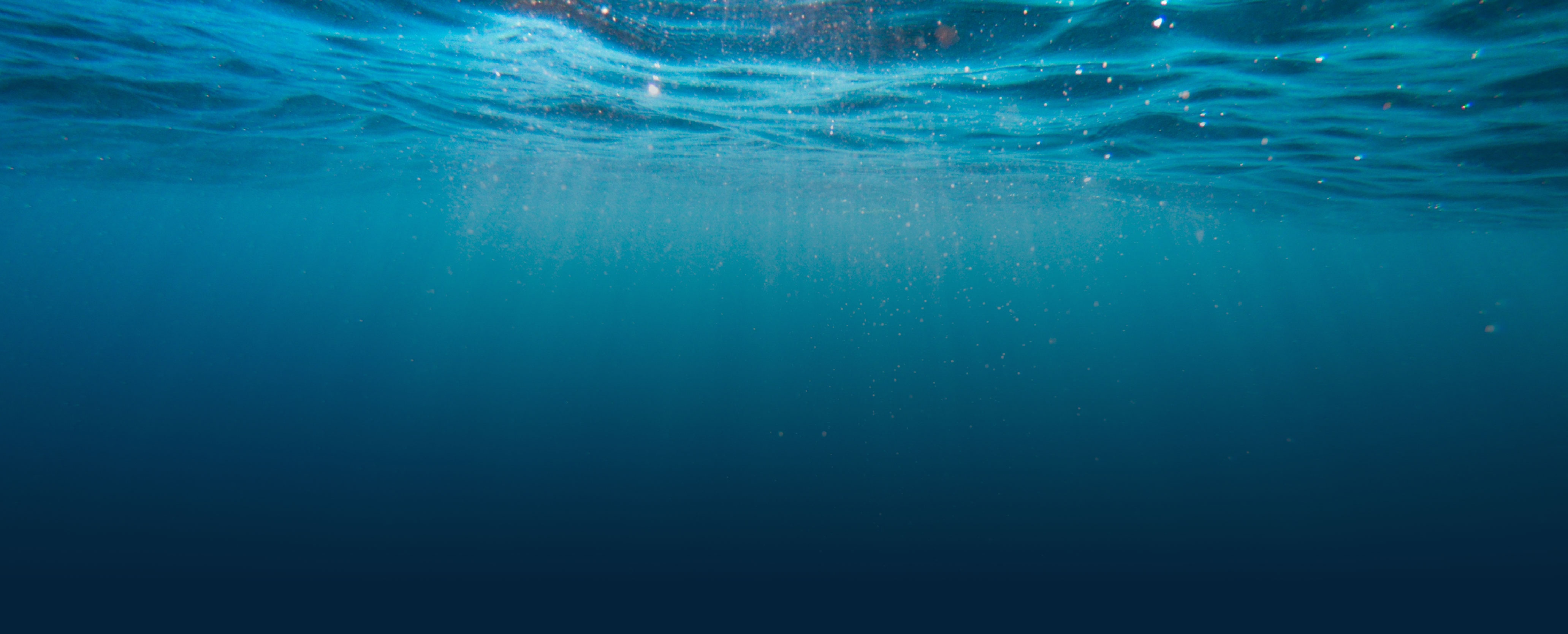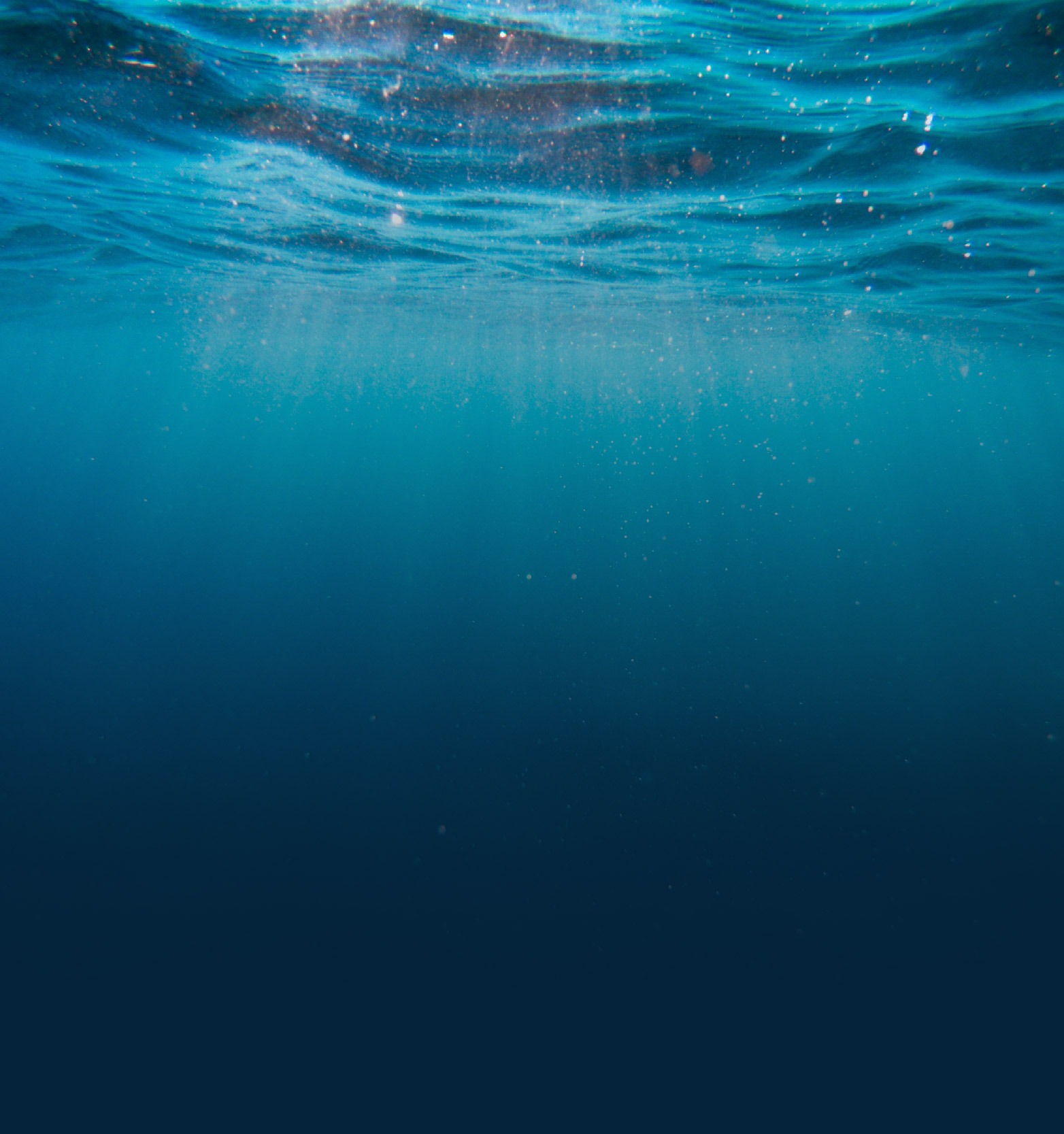What does OCEARCH do that is so unique?
OCEARCH is a data-centric organization built to help scientists collect previously unattainable data in the ocean while open sourcing our research and explorations.
Why do you open source the data?
Open sourcing and inclusion at every level, and in real-time, allows the world to participate in our projects while being aware of the developing science.
Why is the research important?
Global conservation and public safety requires data that does not currently exist.
What happens with the studies?
Several peer-reviewed papers have been published based on OCEARCH expeditions and resulting studies, and there are more in preparation. The studies, once published, become a basis for informed policy and management decisions.
What happens to the data you’ve collected?
We share the data, including samples collected and tracking data, with collaborating institutions and students who request them for their studies. The tracking data is also open-sourced to the public via the OCEARCH Tracker.
What do you mean when you say that white sharks are the balance keepers of the ocean and apex predators?
An apex predator, also known as a top predator, is a predator at the top of a food chain, with no natural predators. As top predators, great white sharks are central to the functioning of ecosystems and the maintenance of biodiversity. To remove top predators would result in the disruption of the delicate balance that is the food web.
What is the OCEARCH process for tagging a shark?
Animals are caught from tenders, using handlines, and are guided by hand in the water on and off the lift. The animals are then brought to the submerged platform of the M/V OCEARCH vessel and the platform is raised. Once the animals are restrained and hoses of water have been set to enable a continuous flow of fresh seawater over the gills, the science team, made up of researchers and veterinarians, begins its process. Tags such as SPOT, acoustic, and accelerometer are attached, morphometrics are recorded, and samples, such as blood and tissue, are collected.
What type of samples do you collect from sharks?
Sharks are measured and sexed. Samples such as tissue, blood, fin clips, bacteria, sperm, and parasites are collected.
What type of studies do you run from the samples?
Many studies are run using the samples collected, including the assessment of the reproductive condition, reproductive cycle, genetic analysis, diet using stable isotopes and fatty acids, gestation period, inorganic and organic contaminant loads, the fecundity of white sharks in the Atlantic Ocean, studying parasite species presence, abundance, and infection sites in white sharks.
Can you successfully obtain the necessary amount of data from an alternate means of study (methodology)?
No, the technologies and methods used represent the least invasive means of obtaining the data necessary to fill knowledge gaps regarding mature (large) sharks. The majority of studies conducted on each shark could not be conducted on a free-swimming shark.
Does the method alter their behavior?
Data from the accelerometers show that the animals recover and start swimming strongly within 2-4 hours after release. Data from the Global Shark Tracker provides strong evidence that the animals tagged using this method show long-term survival and long-distance migrations indicative of normal function and reproductive cycles.
Does the capture method impact the sharks' health?
Scientific data from blood obtained from sharks on the lift show that they are minimally stressed compared to sharks caught using other methods. Data from the OCEARCH Tracker provides strong evidence that the animals tagged using this method show long-term survival and long-distance migrations indicative of normal function and reproductive cycles.
Does the tagging installation cause pain?
While this tagging method, which has been used on sharks and other species for over a half century may cause some level of brief discomfort, there is no evidence that it impacts their behavior or survival post-release.
Does the tag cause damage to the fin over a long period of time?
There is no evidence that tags impact behavior or survival post-release. White sharks commonly endure substantial injuries in their day-to-day lives from interacting with large prey and other sharks. Many sharks we encounter have misshapen fins and body scars indicating serious injuries from other animals in the wild.
What is the OCEARCH STEM Curriculum?
Our curriculum engages students in challenging topics using the OCEARCH Tracker and real-time data collected by OCEARCH’s collaborative researchers. Students learn alongside global scientists and become a part of groundbreaking research on sharks and other marine animals. By connecting students to real science, OCEARCH and Landry’s, Inc. hopes to inspire and enable students to pursue STEM careers.
What is STEM Education?
S.T.E.M. is an acronym for Science, Technology, Engineering and Mathematics. STEM education is evolving into an integrative curriculum aimed at preparing students for the challenges of the 21st century. A research-based STEM education program prepares our students to become creative and innovative problem solvers, researchers, engineers, and designers.
Why does OCEARCH think STEM is important for our students?
The integration of engineering and technology within the mathematics and science curriculum makes teaching more meaningful and engaging as well as provides students with skills critical to success in the 21st century. This includes the ability to think critically, solve complex problems, and drive advancements in science and technology.
Is the OCEARCH STEM curriculum accredited?
Yes. The OCEARCH STEM curriculum follows the STEM education initiative and is aligned with Next Generation Science Standards (NGSS). Every lesson relates to the real science conducted aboard the M/V OCEARCH and is made accessible online for free.
How was the OCEARCH STEM curriculum created?
While on expedition in Florida, the OCEARCH team met a teacher who was incorporating the OCEARCH Tracker in her lesson plans to teach her students about math and science. Inspired by her and the possibility to reach thousands of students, OCEARCH partnered with a Landry’s, Inc. team of program writers with a focus on 6-8 grade students for the initial phase, preparing a physics lesson based on shark movement, which covered topics such as acceleration, force, and velocity. This inspired the creation of an entire K-12 STEM Curriculum, with lessons in physics, math, biology, chemistry, oceanography, social sciences, and geography.
Why does OCEARCH leverage dynamic data sets for learning?
Sharks captivate kids. Once we got the attention of young students, we found the opportunity to teach them something. Learning-by-doing is the most effective way to learn. The Internet, visualizations, and simulation technologies make it possible to offer students authentic learning experiences ranging from experimentation to real-world problem solving. Students can practice higher-order analysis on real data sets while contributing to their common knowledge base. The OCEARCH curriculum is designed to get students, grades K-12, excited about what they can learn from data.
What is a STEM centric lesson and do OCEARCH lessons conform to this?
A STEM-centric lesson incorporates the STEM Standards of Practice and reflects the definition of STEM Education. OCEARCH lessons incorporate STEM Standards of Practice.
How many lessons are there and what is the format of a lesson?
The curriculum currently covers approximately 100 lessons. Each lesson begins with research and an outline of the topic that aligns the lesson with educational standards. The lessons include powerpoints, real-time learning activities and projects that are easy for teachers to implement.
How do I integrate the OCEARCH Tracker in my teaching?
The OCEARCH Tracker is a free app that lets you observe the navigational pattern of animals that have been tagged with satellite tracking technology. For example, using data collected from the OCEARCH Tracker, students, grade 3-5, can create a basic map documenting the travels of different animals. They learn the components of a map – title, compass, grid, scale and key. Curriculum 6-8 takes students through the entire OCEARCH tagging process including catching a shark, the research projects performed while the shark is on the lift, and how the shark is tracked using the OCEARCH Tracker.
Can I change or adapt the lesson plans?
Of course! Each lesson can be tailored to suit a teacher’s specific lesson plan. You can choose from multiple activities such as interactive experiments, writing exercises, worksheets, group projects, or presentations.
How can I get involved with OCEARCH and join the teachers’ network?
We’d love to hear your feedback and connect you with other teachers. Join our mailing list and email us at education@ocearch.org.
Can I implement an OCEARCH social media component into my lesson plans?
Email info@ocearch.org for up to date information on current interactive campaigns across all social media platforms.
How do I arrange a Skype Session?
It’s as easy as contacting us at education@ocearch.org to schedule a Skype session with an OCEARCH representative.
What do you mean when you say white sharks are the balance keepers of the ocean and the apex predators?
An apex predator, also known as a top predator, is a predator at the top of a food chain, with no natural predators. As top predators, great white sharks are central to the functioning of ecosystems and the maintenance of biodiversity. To remove top predators would result in the disruption of the delicate balance that is the food web.
Why do some sharks have more pings than others on the tracker?
Sharks each have their own habits in terms of how much time they spend at the surface. For example, depth data from Mary Lee’s accelerometer showed she spent about 8.62 minutes per hour near the surface in the first few hours after release. Genie spent 0.45 min/hr near the surface, and Lydia spent 4.85 min/hr near the surface. That behavior held up over time, if you look at the Tracker you can see Mary Lee’s significant surface time (where satellites could pick up her transmitter) versus Genie who spends far less time on the surface
Do the sharks take off from the area after being tagged?
There is no way to study the movements of an untagged shark. Some sharks leave the area but other sharks stay nearby for extended periods after tagging. Data from the Global Shark Tracker shows that these animals will frequently switch from a pattern of relatively restricted movement to long-distance migrations repeatedly, even without a tagging event.
How many pups do white sharks give birth to at a time?
Two to 10; possibly up to 14.
What is the average size of a pup?
Total length: 135-151 cm or 4.4-5.0 ft.
Does OCEARCH decide how sharks are handled?
The tagging, handling and sampling procedures employed during the expedition follow the standards of the Institutional Animal Care and Use Committees (IACUC.org) of each institution, which is made up of scientists and veterinarians.
How long do sharks live?
New evidence indicates that white sharks live more than 70 years in the North Atlantic.
How long does a shark need to surface in order to get a ping?
The SPOT tag wet/dry switch needs to be dry for a minimum of 90 seconds during which 3 consecutive pings must occur to get an accurate geo-position.
How old do female white sharks need to be to give birth?
White sharks need to be in their mid to late 20’s to be sexually mature.
What do white sharks eat?
The diet of white sharks up until 3 meters in length is dominated by fish, after which they go through a dietary shift to larger prey including marine mammals such as seals, sea lions and whale carcasses.
What happened to Mary Lee?
We believe Mary Lee is safe and still visiting her favorite spots, however, the 5-year battery in her tracker has likely run out.
I want to volunteer at OCEARCH or apply for a job, what should I do?
We thank you very much for your interest. The best thing to do is keep an eye on all of our social media channels. When we have a need for a volunteers or new team members, we post the openings immediately on social media


